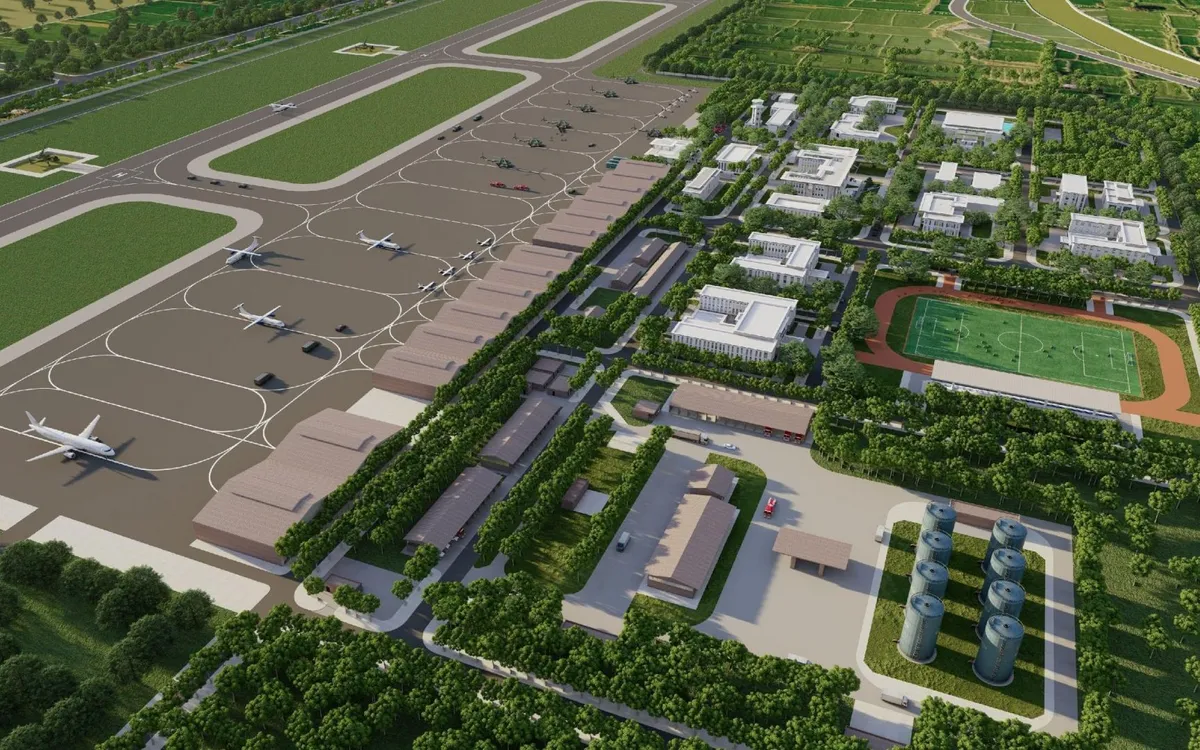
Gia Binh Airport: Super project connecting Hanoi by highway and urban railway
With a total expected investment of more than VND214,000 billion, the project not only shapes the most modern aviation gateway in the country but also becomes an important link in the national transport network, directly connecting to the capital Hanoi through both highways and urban railways.
Vision to become a regional aviation hub
According to the approval decision, Gia Binh International Airport is planned with an ambitious development roadmap, divided into two main phases, aiming to become one of the major air transport hubs in the region.
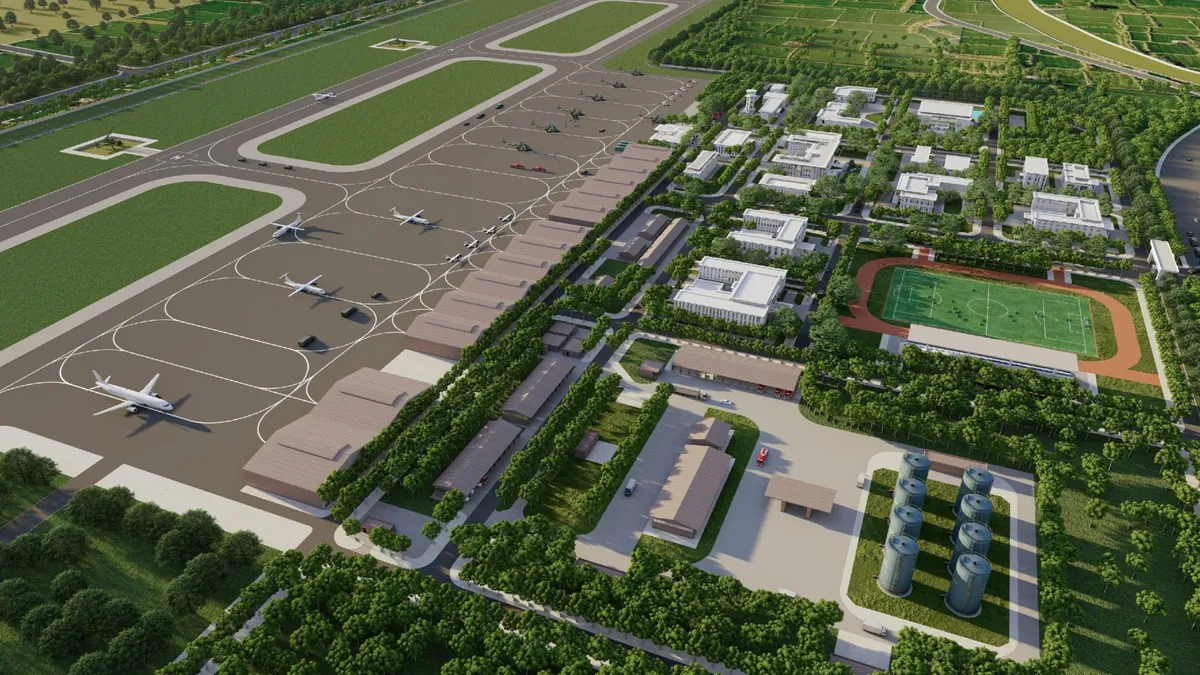
Land use demand for the period 2021-2030, vision to 2050 of Gia Binh International Airport is about 1,960 hectares.
In the first phase, from now until 2030, the airport will be built to serve about 30 million passengers per year and handle 1.6 million tons of cargo. The flight infrastructure is designed to receive the world's most modern wide-body aircraft such as Boeing 747, 777, 787, Airbus A380, A350, A321, and other types of private and specialized aircraft. To meet this scale, two parallel runways will be built. The first runway (07R/25L) in the North has a size of 3,500m x 45m. The second runway (06L/24R) in the South has a size of up to 4,000m x 45m and is about 1,800m away from the first runway. Accompanying is a system of parallel taxiways, connecting taxiways and synchronous quick-exit taxiways, ensuring efficient exploitation capacity.
Entering the vision phase to 2050, the scale of Gia Binh International Airport will be significantly expanded. The expected operating capacity will increase to about 50 million passengers/year and 2.5 million tons of cargo/year. To realize this goal, the runway system will be upgraded to four runways. Specifically, there will be two new runways: runway 07L/25R (3,500mx 45m) and runway 06R/24L (3,650mx 45m), built parallel and about 366m away from the two old runways. The addition of a parallel taxiway system between runway pairs will optimize flight coordination, allow simultaneous operations and improve the airport's throughput capacity.
The total land use demand for the entire project across both phases is estimated at approximately 1,960 hectares.
Multimodal connection, synchronized with the Capital
One of the most important highlights of the planning is the orientation of multimodal traffic connections, creating a coherent connection between the airport and major economic centers, especially the capital Hanoi.
Regarding roads, a dedicated expressway will be invested in and built, connecting directly from Hanoi to Gia Binh International Airport and extending to Hai Phong City, forming a vital traffic axis of the Northern Key Economic Zone.
Regarding railways, the plan is to arrange an urban railway station right at the passenger terminal area. This station will be the end point of the urban railway line connecting directly to the center of Hanoi, and at the same time integrating with the national railway system. This combination not only helps passengers move conveniently and quickly but also contributes to reducing the load on the road traffic system, towards a sustainable development model.
Assign tasks and mobilize resources
To implement this mega project, the Ministry of Construction has assigned specific tasks to relevant units. The Civil Aviation Authority of Vietnam is responsible for completing the planning documents, presiding over the announcement and coordinating with the People's Committee of Bac Ninh province to manage and implement.
On the local side, the Hanoi People's Committee is requested to closely coordinate with Bac Ninh to complete the planning and invest in connecting roads and railways. The Bac Ninh Provincial People's Committee plays a key role in updating the airport planning into the province's general planning, strictly managing space and construction height, protecting approved land funds and preparing auxiliary infrastructure plans such as electricity supply, water supply and drainage.
According to the calculation of the Civil Aviation Authority of Vietnam, the investment cost for the period up to 2030 is estimated at about 161,600 billion VND and the period up to 2050 is 52,700 billion VND. This huge capital is expected to be mobilized from many different sources, including the state budget, non-budget capital (private investment, PPP) and other legal capital sources, demonstrating the Government's strong determination in developing national aviation infrastructure.
Source: https://vtv.vn/san-bay-gia-binh-sieu-du-an-ket-noi-ha-noi-bang-cao-toc-duong-sat-do-thi-100251015092130408.htm


![[Photo] General Secretary To Lam attends the 18th Hanoi Party Congress, term 2025-2030](https://vphoto.vietnam.vn/thumb/1200x675/vietnam/resource/IMAGE/2025/10/16/1760581023342_cover-0367-jpg.webp)



![[Photo] Nhan Dan Newspaper launches “Fatherland in the Heart: The Concert Film”](https://vphoto.vietnam.vn/thumb/1200x675/vietnam/resource/IMAGE/2025/10/16/1760622132545_thiet-ke-chua-co-ten-36-png.webp)

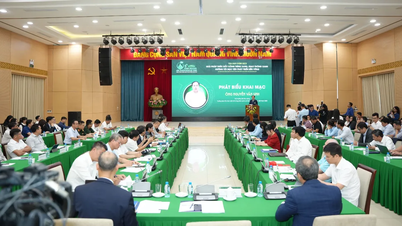

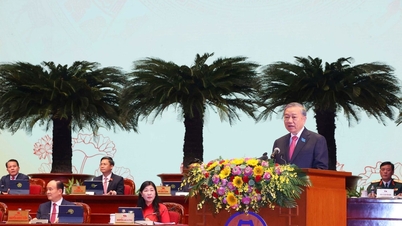

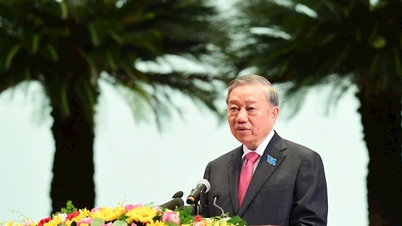


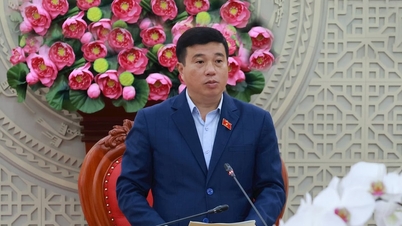





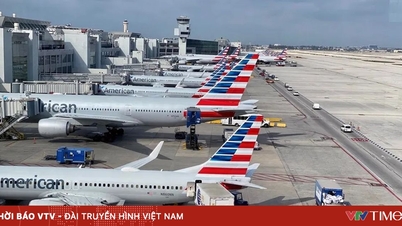








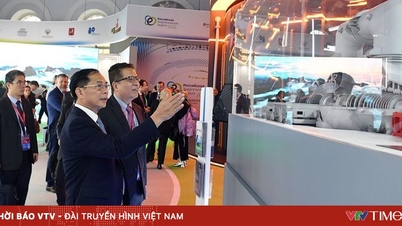




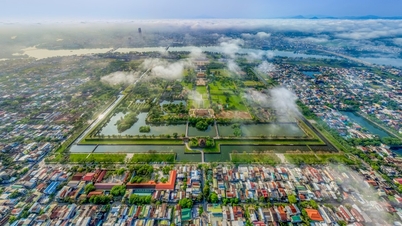






![[Video] TripAdvisor honors many famous attractions of Ninh Binh](https://vphoto.vietnam.vn/thumb/402x226/vietnam/resource/IMAGE/2025/10/16/1760574721908_vinh-danh-ninh-binh-7368-jpg.webp)


















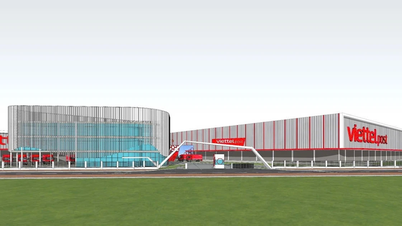








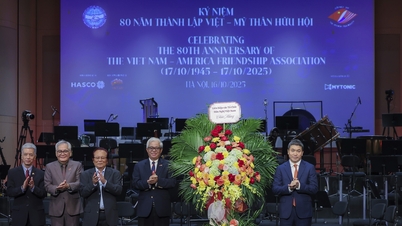
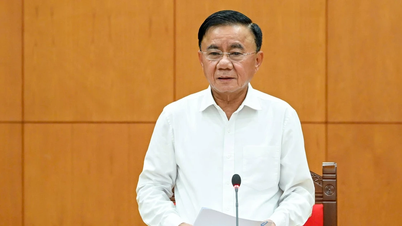









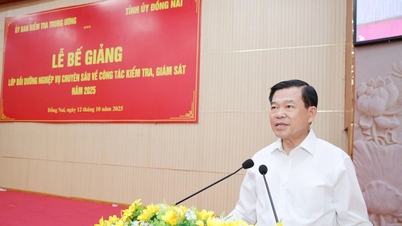








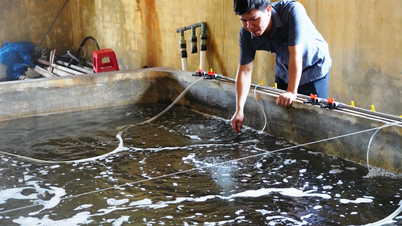

















Comment (0)